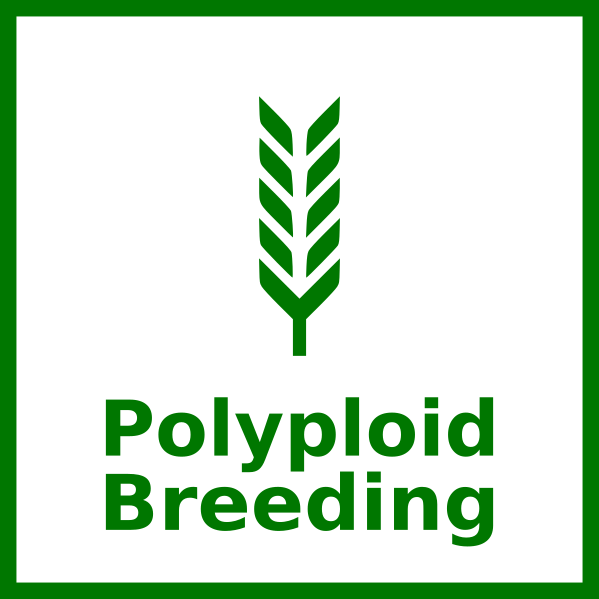Polyploidbreeding

PRIN 2022 (Settore LS2)
Start date: 28 September 2023
End date: 28 February 2026

Latest from the project
Visiting Jülich's Forschungszentrum
On January 29-31 2025, Dr. Filippo Biscarini from CNR and Dr. Nelson Nazzicari from CREA visited the Forschungszentrum in Jülich (Germany), where they met the colleagues Dr. Fabio Fiorani and Dr. Kerstin Nagel.
We visited the premises and facilities available at Forschungszentrum Jülich, including the rhizotron automated platform, the growth chambers used to simulate an array of environmental conditions and the greenhouses where an impressive number of experiments is conducted.
We talked about the current state of the Polyploidbreeding project and planned the next steps in terms of data analysis and drafting of documents, as well future activities like participating in research consortia and/or preparing joint grant proposals, to further strengthen the collaboration across insitutions initiated with this project.
This was also an occasion to have a chat with Giulia Moscatelli, who is carrying out the rhizotron experiment, which is progressing according to schedule.




